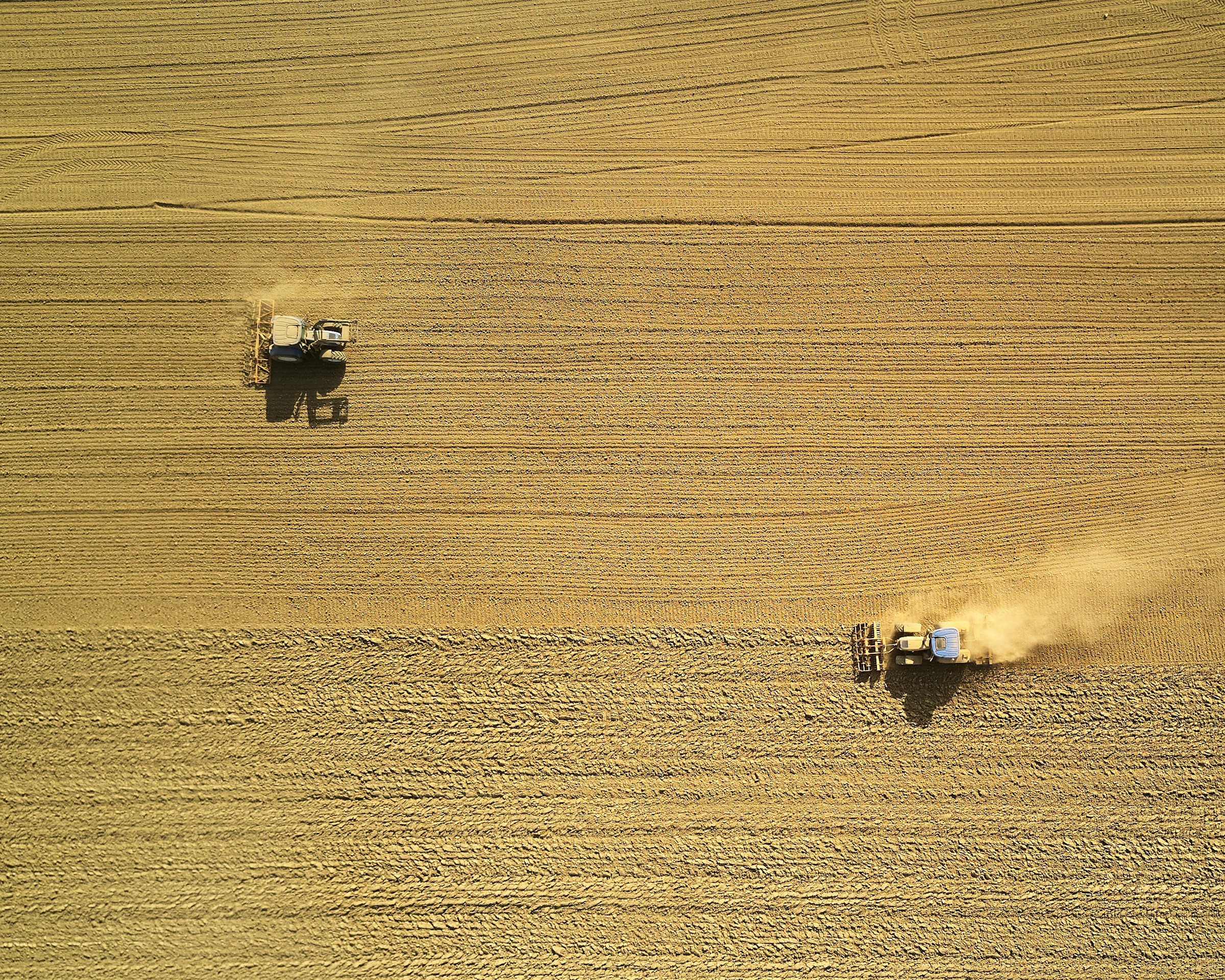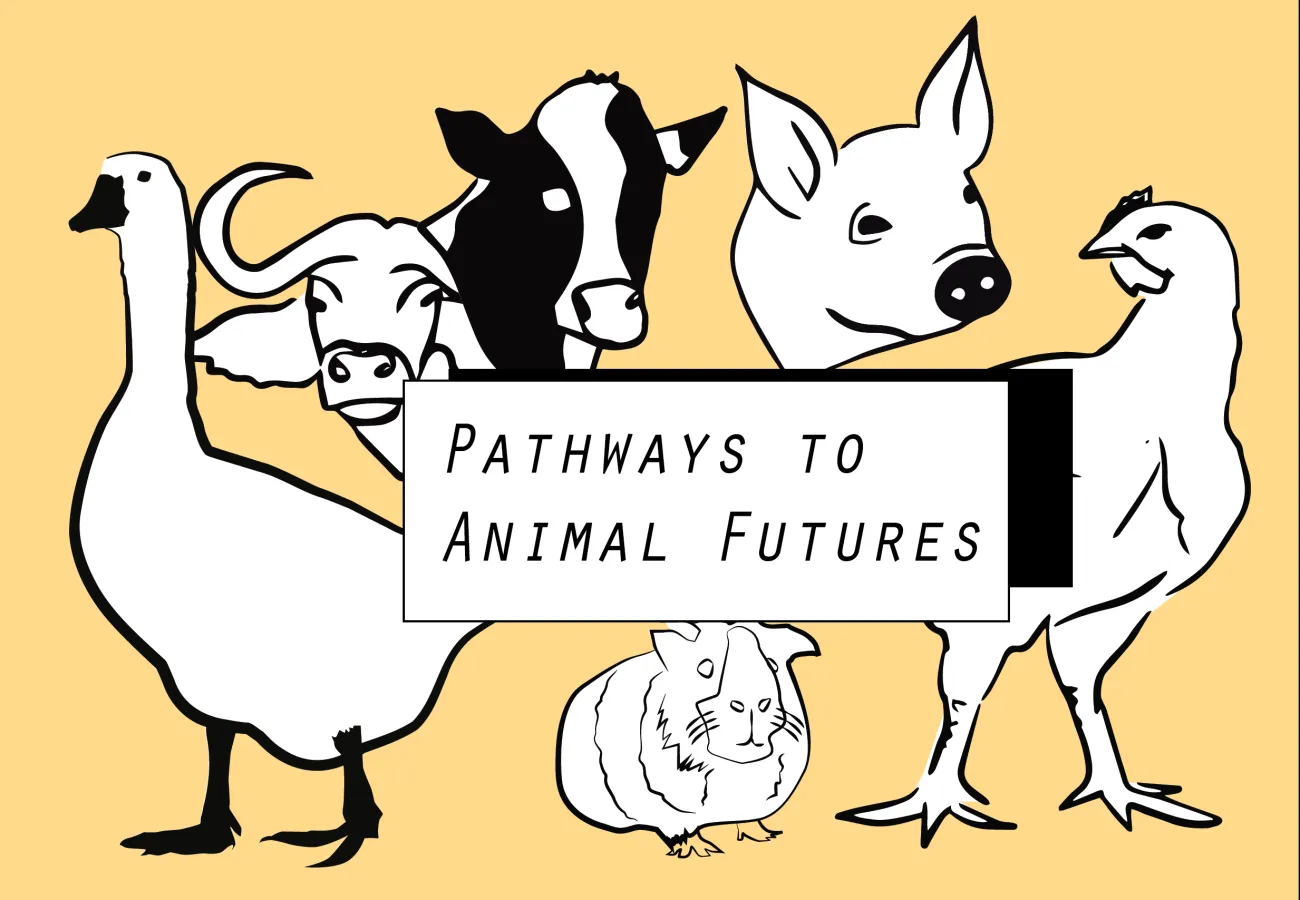Another article that looks at organic versus conventional yields. It compares yields in both developed and developing world contexts and argues a. the case for a more nuanced approach to considering yield variations and b. for less dogmatism in the debate on sustainable agriculture.
Re. their method, in order to avoid criticisms made of an earlier study by Badgley et al (see here) they (1) restricted their analysis to studies of ‘truly’ organic systems, defined as those with certified organic management or non-certified organic management, following the standards of organic certification bodies; (2) only included studies with comparable spatial and temporal scales for both organic and conventional systems; and (3) only included studies reporting (or from which they could estimate) sample size and error. Conventional systems were either high- or low-input commercial systems, or subsistence agriculture. Sixty-six studies met these criteria, representing 62 study sites, and reporting 316 organic-to-conventional yield comparisons on 34 different crop species
Conclusions:
The article ends with this eminently sensible comment “… instead of continuing the ideologically charged ‘organic versus conventional’ debate, we should systematically evaluate the costs and benefits of different management options. In the end, to achieve sustainable food security we will probably need many different techniques—including organic, conventional, and possible ‘hybrid’ systems—to produce more food at affordable prices, ensure livelihoods for farmers, and reduce the environmental costs of agriculture.”
Abstract
Numerous reports have emphasized the need for major changes in the global food system: agriculture must meet the twin challenge of feeding a growing population, with rising demand for meat and high-calorie diets, while simultaneously minimizing its global environmental impacts. Organic farming—a system aimed at producing food with minimal harm to ecosystems, animals or humans—is often proposed as a solution.However, critics argue that organic agriculture may have lower yields and would therefore need more land to produce the same amount of food as conventional farms, resulting in more widespread deforestation and biodiversity loss, and thus undermining the environmental benefits of organic practices. Here we use a comprehensive meta-analysis to examine the relative yield performance of organic and conventional farming systems globally. Our analysis of available data shows that, overall, organic yields are typically lower than conventional yields. But these yield differences are highly contextual, depending on system and site characteristics, and range from 5% lower organic yields (rain-fed legumes and perennials on weak acidic to weak-alkaline soils), 13% lower yields (when best organic practices are used), to 34% lower yields (when the conventional and organic systems are most comparable). Under certain conditions— that is, with good management practices, particular crop types and growing conditions—organic systems can thus nearly match conventional yields, whereas under others it at present cannot. To establish organic agriculture as an important tool in sustainable food production, the factors limiting organic yields need to be more fully understood, alongside assessments of the many social, environmental and economic benefits of organic farming systems.
Reference
Seufert V, Ramankutty N and Foley J A (2012). Letter: Comparing the yields of organic and conventional agriculture, Nature doi:10.1038/nature11069
You can download the paper here (subscription needed).
An earlier paper by two of these three authors (Foley and Ramankutty) is also worth reading – and is summarised on the FCRN website here.




Comments (0)